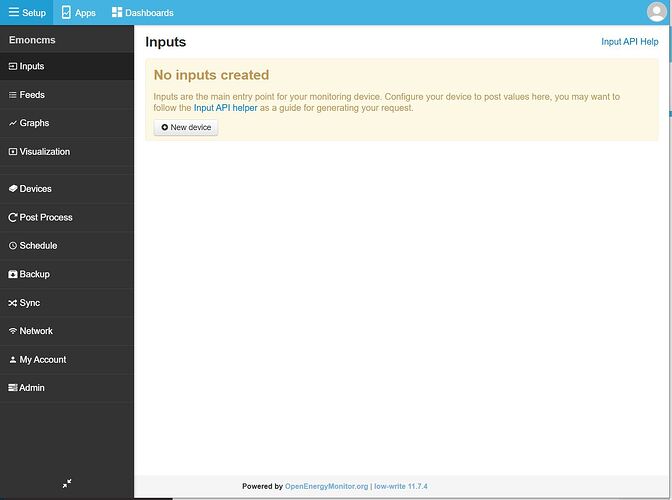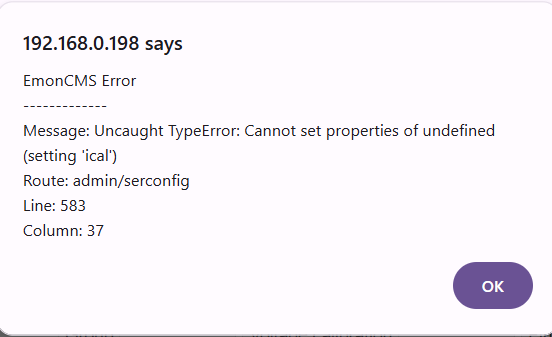I have one question so far, which I have highlighted with bold font.
I just received my hardware. This is called oobe, Out of Box Experience. And I am relatively new to Open Energy, so I’m a noob (word derived from new and boobie, meaning someone who seeks to learn something new and needs help.)
And I’m in North America (NA) where we do things a little differently and have different names. Not better or worse, just different. Fortunately, the fundamentals of electric energy are universal.
The first thing was to check that all the items on the invoice are the same as those in the box: emonPi2, emonVS(USA), 12 CTs. I couldn’t find the expansion board and realized it was already installed in the emonPi2 enclosure.
I don’t like blowing things up. Just yesterday I was installing a single phase switch/outlet and I made assumptions that were wrong (black to black and white to white, right? not on this switch). I don’t want to do that on something that cost $500! So I start at the emon2Pi Install Guide
The Quick Start assumes that the emonVS is already connected. It’s not. I jump down to 1. emonVs installation.
In NA a residential house has a split phase L1 measured from the neutral is 120VAC. L2, the other phase also measures 120VAC but is 180° out of phase with L1. Thus, the Voltage from L1 to L2 is 240VAC. Protection devices are almost always breakers (circuit breaker with can protect multiple times as opposed to fuse which is one time). I believe what you call a fuse board is called a panel in NA.
“suitably competent person”: I have an advanced degree in Electrical Engineering, I worked for an electrical utility company as an engineer and I have wired three houses. I even designed and built a still employed low cost energy meter. emon is far superior. I am also competent in software, too, having taught computer science (and electronics) at the university level and designed and built industrial automation equipment.
In the emonVs there is a connector [L3 L2 L1 N E] I make the obvious assumption about what connects to L2, L1, and N
E, I assume means earth ground which is connected to the earth. In NA, we pound a 2m copper clad iron rod into the ground, leaving a bit above to which we attach a brass lug which connects a bare copper wire which is fed up in to the panel and connected to a bus bar. In NA this is ground. I have to ask the following question because, often, in NA, the neutral bus bar and the ground bus bar are one in the same.
Should E be connected to NA ground?
Continuing on in 1. is see that I will "use the split phase firmware
". Following the link, I find “A custom phase allocation will likely be required for this configuration which can be achieved by minor firmware modification.”
Considering my order, NA, emonPi2, emonVS, expansion board and 12 current transformers, is the ID 3 emonPi2_DB_12CT_1phase with the firmware modification pre-installed? Is there a way to query the emonPi2 to determine this?
To answer these questions, I need to have the emonPi2 running. I do that by connecting a “death cord” (lamp cord with [keyed] plug and bare wires ![]() ) to L1 and N (smooth side to L1 and ribbed side to N) of the emonVs, connecting the 8 conductor cable between the emonVs and emonPi2, then plugging into an outlet. Cool, it came up!
) to L1 and N (smooth side to L1 and ribbed side to N) of the emonVs, connecting the 8 conductor cable between the emonVs and emonPi2, then plugging into an outlet. Cool, it came up!
Next is to connect to the emonPi2 web page. This is 6. on the getting started page. Unfortunately, my computer (Windows 10) won’t allow me to enter more than 8 characters in the passphrase of the WiFi. My phone did. With a bit of bumbling, I connected the emonPi2 to my WiFi network. Pressing the button on the emonPi2 several times allowed me to see the IP address of the emonPi2. I logged in with user and password of emonsd.
After the detour of connecting the WiFi, these questions are answered on the Firmware page by Updating firmware. Under UPDATE FIRMWARE ONLY, in the Firmware dropdown box I discover emonPi2 DB N.American split phase, 12 channel firmware, lowpowerlabs, v1.20. With trepidation, I click on [UpdateFirmware]. No untoward messages and ending with SUCCESS and restarting. I was unable to find a description of the emonPi2 firmware on the emonPi2 web page.
Whew!
Step 2. CT sensors installation. This is straight forward, but takes some planning and real care because I’ll be in the panel with live 240VAC with 200A available. To avoid miswiring, I’ll label both ends of each CT first.
It appears that it does not matter if the CT calibration is done later. I’d feel more comfortable if I did that before the CTs are on the wires.
I’ll continue with a reply to this topic.



